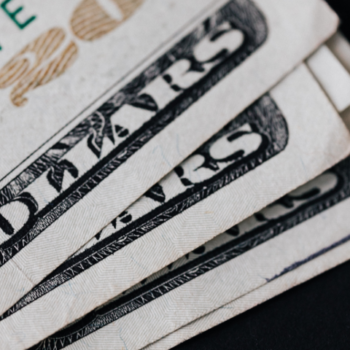
Tax Harvesting
This is a term that is thrown around a lot this time of year, but what does it actually mean and does it make sense for you to do it?
First off, let me mention that if you are looking solely at an IRA account, this concept will mean nothing to your current situation as it does not apply. This strategy and/or concept only applies to non-qualified money.
Let’s say that you own a portfolio full of stocks. Within that portfolio, you have a stock that is appreciated in value for more than one year and you want to sell it to take the profits. When you do that, you are going to have to pay a capital gains tax (most likely). There are ways to not have to pay that tax, but your income must be below certain levels (refer to IRS.gov for more information on the level). So, let’s put your income at a level to where you are paying a 15% capital gains tax. That means that 15% of your gains will go to the “tax man”.
Now, let’s add a layer to this story. First, let’s assume that you have no capital loss carryovers from previous years. If you do, you may want to simply use them to offset any gains on the stocks depending on the size. Let’s also assume that you have a stock that is trading at a loss for the time being. If you sell that stock for a loss, you can use the loss to offset the gains on the stock that you sold for a profit. Of course nobody likes losing on stock trades, but it does happen. By selling the stock for a loss in the same year that you took the gain, you can then keep the stock capital gains cost to a lower amount (possibly nothing).
What if you want to keep the stock that is in a losing position? Well, that questions leads us down another path. If you sell the losing stock, you cannot claim a loss on it if you buy it back within 30 days. If you do that, it is considered a “wash sale” and the IRS will cancel your loss on the stock. So, if you are in that position, you are limited to what you can do if you still want the loss.
The solution that I like in that situation is to buy a similar stock. No, it won’t be the best stock as you already are losing money on what you thought the best stock was. However, a lot of times, sectors move in similar ways. So, if you buy the competitors stock for a bit, you may be able to have your cake and eat it too. Understand that there is risk to doing this. You may miss out on the comeback that you were looking for in the original stock you sold. However, you got to claim that loss on your taxes. So, that is the guaranteed trade-out that you took.
After 30 days, the alternative stock will either be higher, lower or the same. If it is the exact same (not likely, but you never know), you can sell it at break even, and buy back your favorite stock like nothing happened. You will simply have to buy it at a different price (for better or worse) most likely. If your alternative stock is lower, you can even claim a short term loss on it for tax purposes. If it is at a gain, you would have to claim a short term gain on it. It all depends on where you are with your overall financial plan in determining a strategy like this.
If you have any questions on this article, please email me at mtosaw@rcmfs.com.
- Posted by Mike Tosaw
- On November 25, 2022
- 0 Comment


